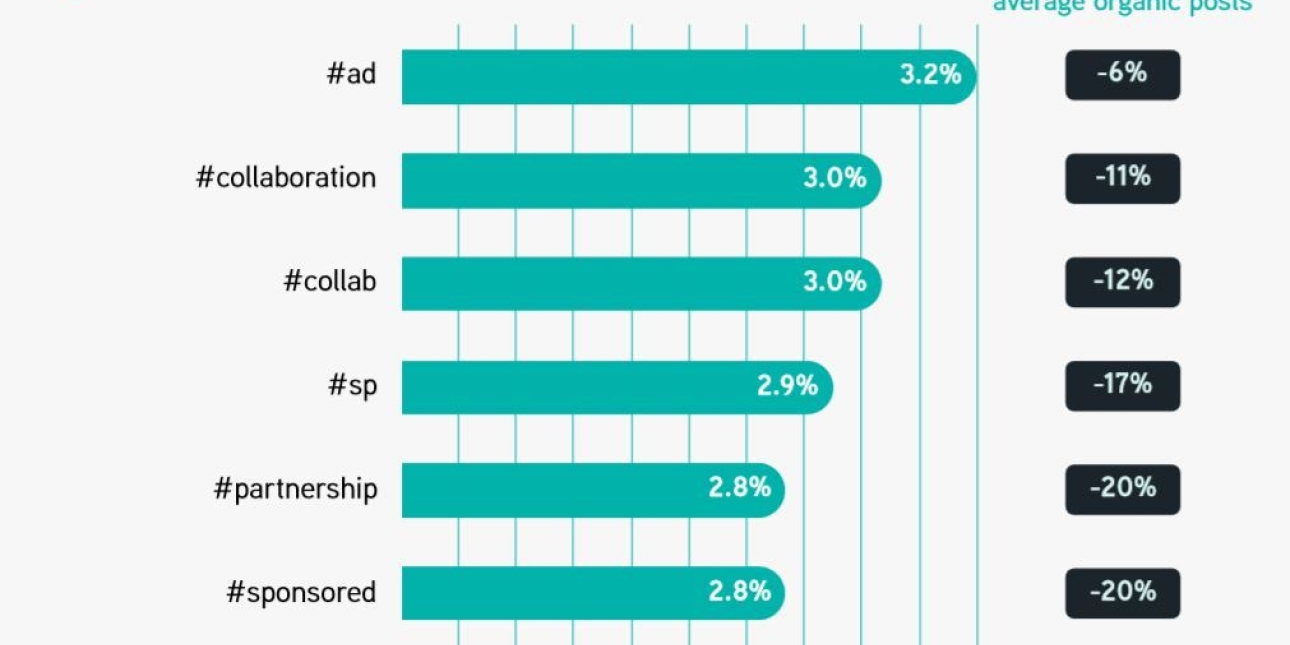PUBLIC RELATIONS
Friday 21st December 2018
Instagram creator accounts: what’s their real purpose?
Instagram is testing new creator accounts offering influencers more in-depth analytics over their follower counts plus the ability to filter direct messages.
The new features are in beta testing but it’s thought they’ll be rolled out to the wider community in 2019. According to The Hollywood Reporter new features include:
- Growth insights such as data around audience follows and unfollows;
- direct messaging tools enabling users to filter notes from brand partners and friends;
- flexible labels that allow users to designate how they want to be contacted.
The new growth insights will give creators weekly and daily data around how their follower count has changed. The feature, which works across the feed, Stories and IGTV, will also show creators what content they created so that they can understand what may have led to a spike in new followers or a decline in that fan base.
Meanwhile, the direct messaging tools will allow creators to filter their messages by read, unread and flagged messages. They will also be able to rank their pending requests by relevance or time to make sure they don't miss important requests. Finally, the flexible contact and category labels will, for example, allow creators to remove the ability to click to call or email.
Why launch Instagram creator accounts
Instagram is currently the powerhouse platform driving B2C influencer marketing (or at least influencer advertising). Ashley Yuki, an Instagram product manager in charge of media solutions and IGTV told The Hollywood Reporter: "We want to make sure that Instagram is the best place, and the easiest place, to build fan communities and also build [creators'] personal brands."
Cool. Largesse aside advertising revenue plays a larger part in the move. When the Instagram founders, Kevin Systrom and Mike Krieger, announced in September 2018 they were to quit the platform I suggested the reason might have been down to pressure to supply more advertising revenue to the Facebook group of companies.
As growth flattens at Facebook Zuckerberg has looked elsewhere for advertising revenue to prop up the business. Eyes are now focused firmly on Instagram.
In the quarter to September 2018 the photo sharing app generated an estimated $2 billion (around 15% of Facebook’s $13 billion) in ad revenue, according to estimates from Andy Hargreaves, a research analyst with KeyBanc Capital Markets.
Hargreaves expects Instagram to grow to about 30% of Facebook’s ad revenue in two years, as well as nearly 70% of the company’s new revenue by 2020 — driving the majority of Facebook’s growth. According to independent tech news and review site, recode.
Throttling organic reach
Instagram creator accounts appear, on the surface, to be putting its community first but it is surely more about cash than community. This is the next step in the platform’s long-term aim to kill off organic reach. Just as Instagram’s parent, Facebook, has done with brand pages.
Instagram’s first move to kill organic reach arrived in mid 2017 with the paid partnership tag. The tool purportedly helps creators disclose when a post is sponsored and also allow businesses to gather insights about how their sponsored content campaigns performed.
For most Instagram creators, the reality of using the paid partnership tag lead to inferior engagement rates. There is a significant negative variance when using any admarker such as #ad or #spon on paid-for content versus organic content. The variance widens depending on the admarker used.
The most popular admarker on Instagram is #ad with over 60% of marked paid-for posts containing this hashtag.The #ad admark also has the lowest negative impact on engagement rate.
Instagram's Paid Partnership fares the worse. Creators who use this tag with brand collaboration work see their engagement rates plummet by a third (32%) on average. Further, average engagement rates on brand sponsored posts decline as account sizes grow.

Preparing ground for ad amplification
Instagram is beta testing creator profiles with a small group of high-profile Instagram users to bring awareness to to the innovation. But also to prepare the ground for the acceptance of content having to be be promoted through advertising spend to maintain the engagement rates creators have grown used to.
Way for IG to self-regulate saturation points on the platform
There are, of course, potential positive outcomes the creation of Instagram creator profiles. If influencers can see analytics around the content they post they might learn to self regulate - both the quality and quantity of posts published.
Yes, many Instagram influencers have noticed falling engagement rates on their content over the last 12 months. Influencer marketers should not be defeatist, however. The drop in engagement rates for Instagram paid-for content points beyond solely an algorithmic squeeze. There continues to be a drop in engagement rates because the content delivered on much Instagram sponsored content is sub par and flooding our newsfeeds.
Influencer audiences increasingly demand higher-quality sponsored content from the creators they follow. Fail to deliver and the business model collapses for both brand and influencer. I wrote more on this subject in my article: Why recent influencer fails are good for influencer marketing
If Instagram creator accounts can buck this trend of too much, too poorly executed content then the innovation ain't all bad.
Image courtesy of flickr user Blogtrepreneur
Read Original Post
